Samsung Galaxy S9 Review - Camera Review
Camera
Has Samsung crafted the best smartphone snapper?
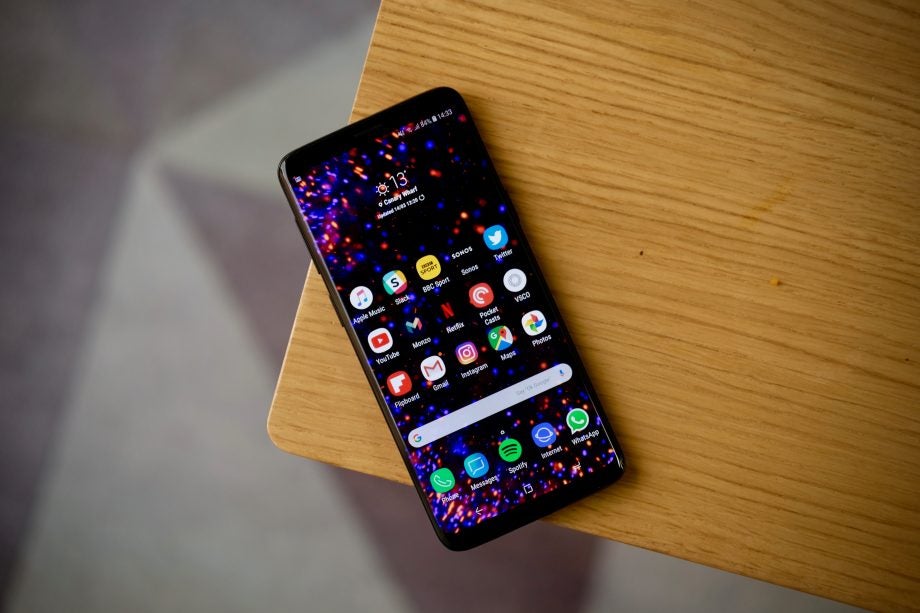
Sections
- Page 1 Samsung Galaxy S9 Review
- Page 2 Performance and Software Review
- Page 3 Camera Review
- Page 4 Battery Life and Verdict Review
Samsung Galaxy S9 – Camera
The biggest area of innovation in the Samsung Galaxy S9 is the camera. It’s the only feature of the Galaxy S9 that genuinely feels new and unique.
Instead of having a fixed aperture lens, as is the case with pretty much every other phone camera, the S9 can shift between f/2.4 and f/1.5, providing ideal optics for both day and night photography. If it’s bright outside, it will shoot at f/2.4; when there’s less light available, the lens will widen and utilise f/1.5 to let in more light.
Related: Best Samsung Galaxy S9 deals
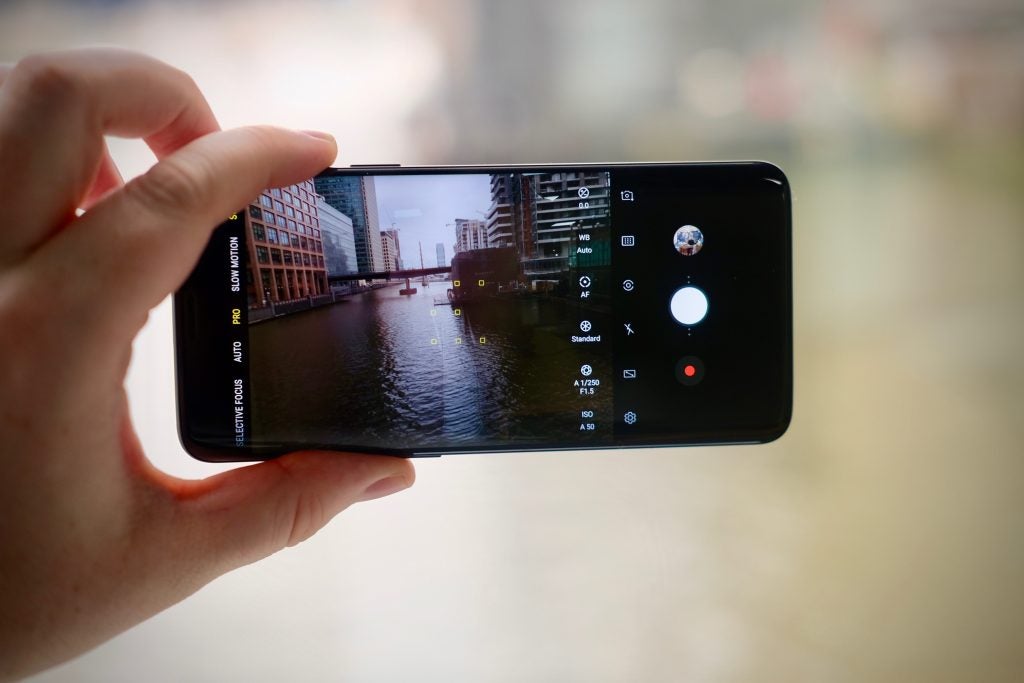
Pro mode gives you more control over the pictures that the camera takes
If you stick to the default ‘Auto’ mode then you’ll likely never notice the aperture shift (aside from in the results, hopefully), but you’ll have more granular control if you switch to ‘Pro’. Here you can manually change between the two apertures, while also being able to tinker with exposure and white balance. If you look closely at the camera then you’ll be able to see the lens closing and widening when you flick between the available apertures – it’s pretty cool.
Software-based variable apertures have featured on phones such as Huawei and Honor before, but they’ve essentially been ‘bokeh’ filters that give an artificial look to photos. It’s important not to confuse those with what Samsung is doing here.
Aside from the variable aperture, the camera features a single 12-megapixel sensor, some added memory and OIS. That extra memory lets the camera capture multiple shots every time you shoot and it will combine the shots together without you even noticing.
Low-light shots taken with the f/1.5 option are certainly bright, and it’s possible to achieve superb shots in situations that phone cameras would normally struggle. The photos I took in dimly-lit restaurants and bars looked much better than those taken with any other phone, but zoom in on the image and you’ll notice lots of smooth edges. Portraits taken in poor light again appear super-bright, although skin looks pasty and the detail breaks down on closer inspection.
Most handsets, especially models at this price, can take excellent daylight shots – and the Samsung Galaxy S9 is no exception. Photos are detailed and colourful, noticeably more exposed than both the Pixel 2 and iPhone X, with good contrast and dynamic range. Samsung does seem to do far more post-processing on its images than others, and as a result colours can sometimes look a bit off. I’d assume this is to make the photos look more pleasing to the eye – and they do look great on Samsung’s calibrated screen. View them elsewhere, though, and they lose a bit of that vibrancy.

Sometimes shots feel overexposed

But it deals with colours very well
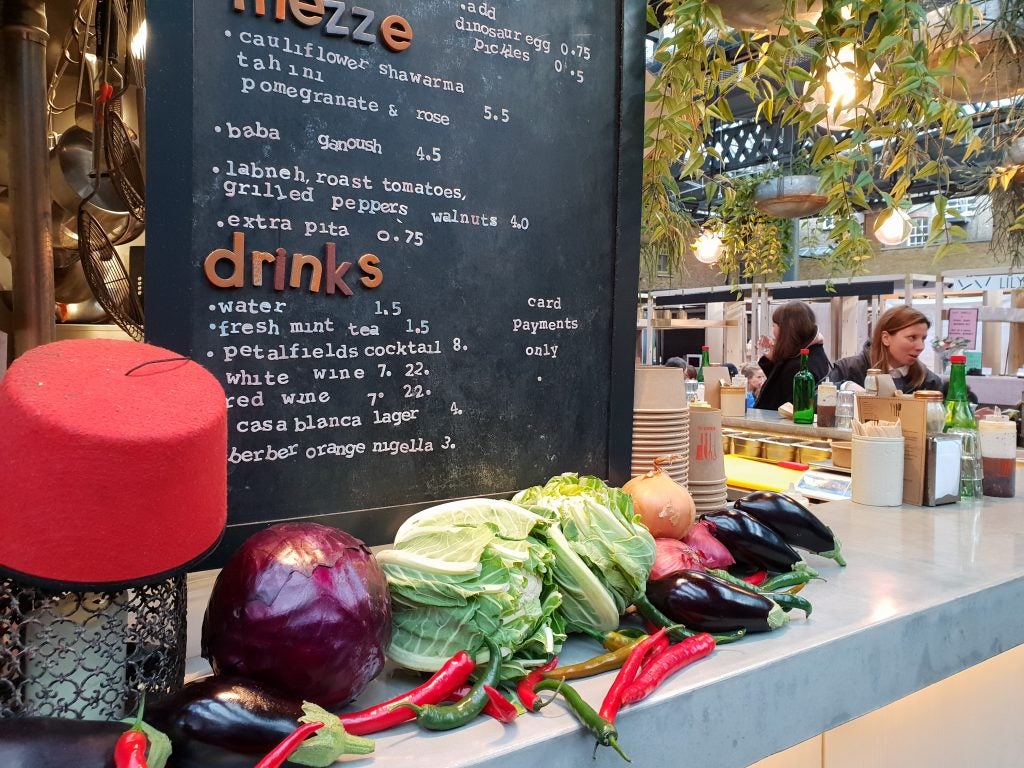
The camera deals with busy scenes well
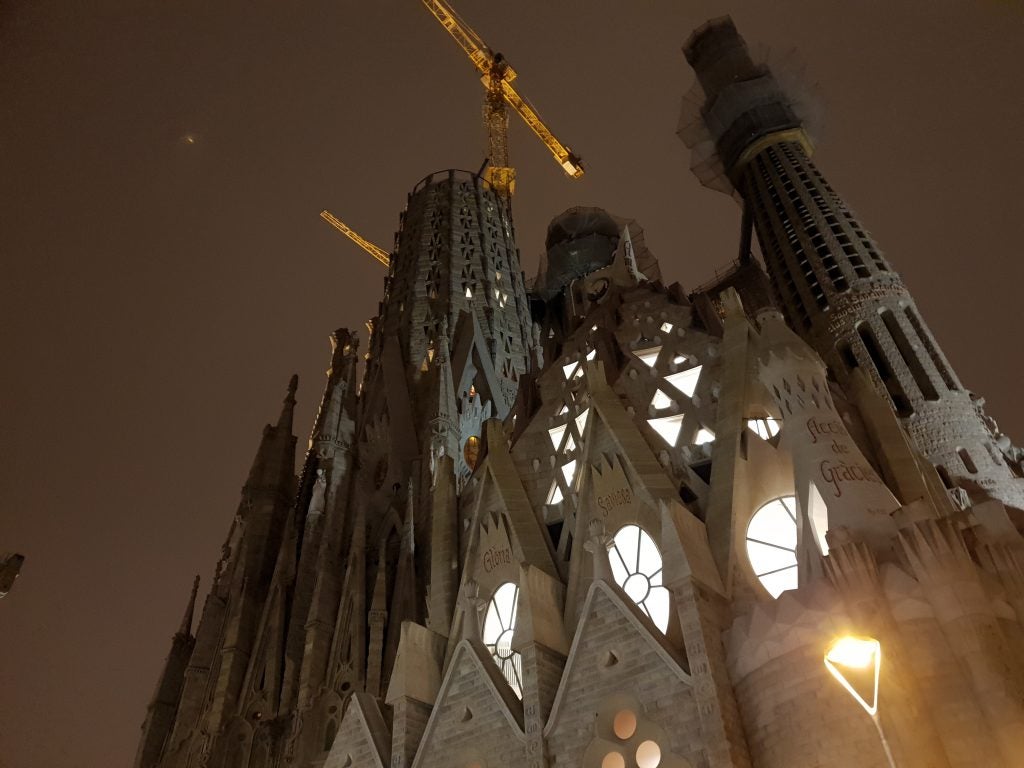
(f/1.5) Low-light shots are good, but they can sometimes feels too bright if there’s multiple light sources

Detail is great
In my opinion, the Google Pixel 2 takes better shots overall, as does the Huawei P20 Pro. They deal with dynamic-range better and manages to retain plenty of detail when you zoom in. Nevertheless, I doubt anyone will be unhappy with the pictures produced by the Galaxy S9.
Another big new camera feature is super slow-motion recording – a feature you might remember from the Sony Xperia line. This lets you shoot a 0.2-second burst of 960fps footage and stretch it out to 6 seconds. When you find the perfect scene to shoot, the results are very cool – but not everything looks good slowed down to this rate. Water and falling liquid is a real winner; shooting cars not so much. It’s also important to have good lighting and to remember the camera will record only in 720p – both of which will impact your footage.
A new AR Emoji feature appears to be Samsung’s response to Apple’s Animoji. These AR faces look a little more like Bitmoji with a human touch than typical emoji, but like Apple’s feature they map your face with the 8-megapixel selfie camera and replicate your movements on-screen. In my opinion this is nothing but a gimmick, which produces pretty creepy-looking results.
Related: Best smartphones
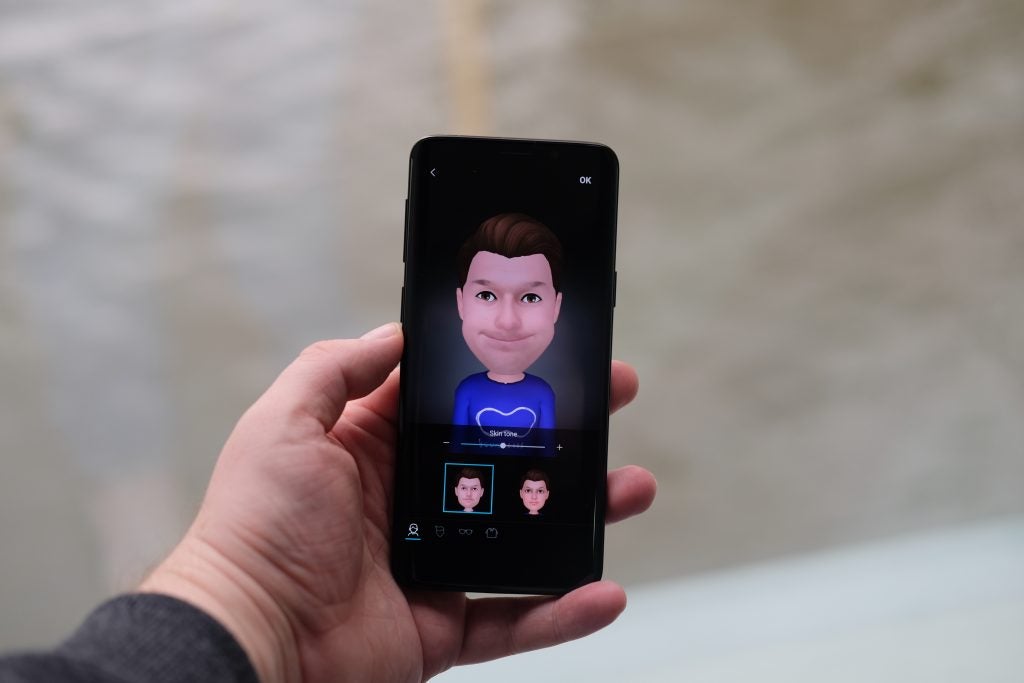
AR Emoji
The one slight disappointment with regards to the camera is that the Galaxy S9 Plus is the only one of the duo to receive the secondary telephoto lens first seen on the Note 8. This, along with the Live Focus capabilities and portrait modes it brings, would have been welcome on the smaller device too. I can see Samsung’s thinking here: Apple restricted its dual sensors to the Plus versions of the iPhone. Nevertheless, this changed with the iPhone X, and the Galaxy S9 needs to compete with that.
There is a software-based ‘selective focus’ mode for faux bokeh effects, but the results are poor. It’s also possible to get that blurry depth-of-field effect by manually widening the aperture before taking a portrait. The difference isn’t quite as pronounced, but it does work.


